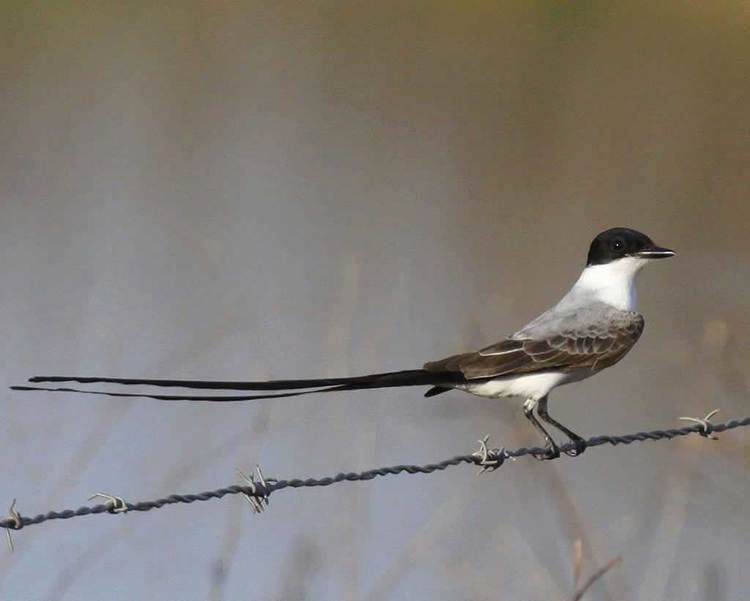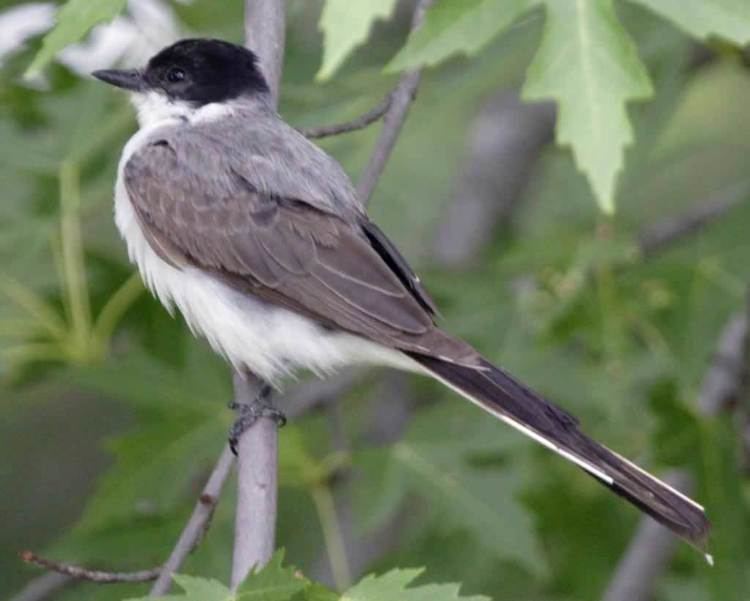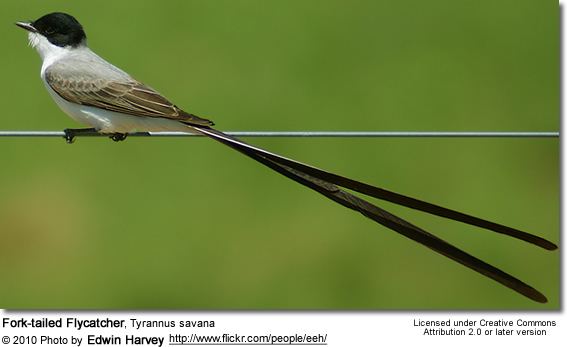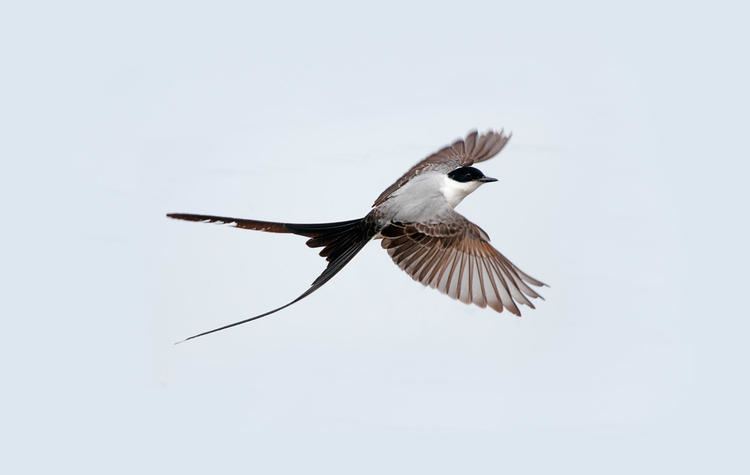Order Passeriformes Genus Tyrannus Higher classification Kingbird | Phylum Chordata Family Tyrannidae Scientific name Tyrannus savana Rank Species | |
 | ||
Similar Bird, Kingbird, Tyrant flycatcher, Tropical kingbird, Elaenia | ||
Vagrant fork tailed flycatcher in lyme connecticut
The fork-tailed flycatcher (Tyrannus savana) is a passerine bird of the tyrant flycatcher family, and is the member of a genus typically referred to as kingbirds.
Contents
- Vagrant fork tailed flycatcher in lyme connecticut
- Birds of venezuela fork tailed flycatcher tyrannus savana
- Description and ecology
- References

Birds of venezuela fork tailed flycatcher tyrannus savana
Description and ecology

This bird occurs in a wide variety of habitats including pastures, riparian forests, and open residential areas with scattered trees. Its breeding range is from central Mexico to central Argentina. In most of this range it is usually found year-round, but in the southern parts of its range it retreats northward for the winter. This species is also known to wander widely. It occurs almost annually in the eastern United States seaboard and Canada.

This flycatcher builds a shallow cup nest 1–10 m (3.3–32.8 ft) high in a shrub or short tree. Females normally lay two or three eggs.
The fork-tailed flycatcher is white below, gray above, and has a black cap. Males sometimes show a yellow crown stripe. Males also have an extremely long forked tail, of even greater length than that of their cousin, the scissor-tailed flycatcher. Females have a somewhat shorter tail, while it is significantly shorter in juveniles. Males are 37–41 cm (15–16 in) in length; females, 28–30 cm (11–12 in), including tail. They weigh only 28–32 g (0.99–1.13 oz), much less than closely related kingbirds, which are half the total length of this species. The fork-tailed flycatcher has the longest tail relative to body size of any bird on earth. The tail in adult males is 2–3 times longer than the length of the bird from the bill to the base of the tail.
This species is primarily an insectivore, but will switch to berries and small fruits during winter if insects become scarce.
